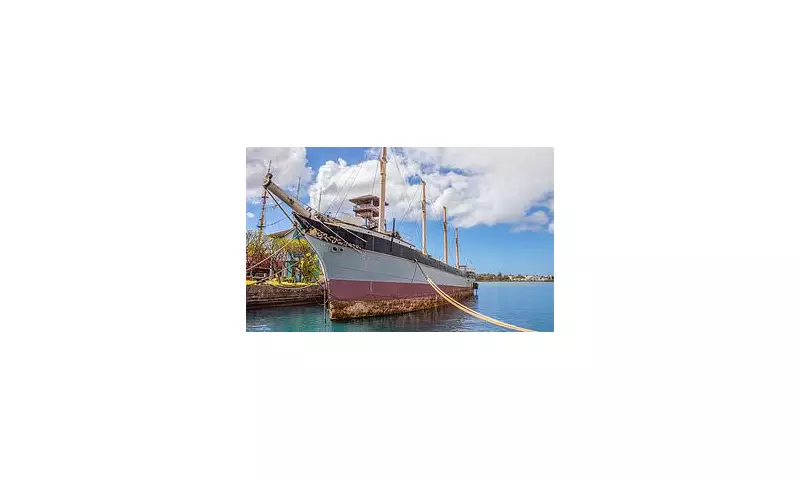
A wave of international fury has erupted following the deliberate destruction of one of Scotland's most significant maritime treasures, the historic Falls of Clyde, which has been intentionally sunk in Hawaiian waters.
A National Treasure Lost
The Falls of Clyde, built in 1878 at Russell & Company's shipyard in Port Glasgow, represented one of the last surviving iron-hulled four-masted full-rigged ships in the world. This magnificent vessel had served multiple roles throughout her long history, from cargo carrier to oil tanker, before becoming a floating museum in Honolulu.
The Controversial Sinking
Despite years of conservation efforts and legal battles to save the historic ship, the vessel's owners proceeded with what maritime historians are calling "cultural vandalism." The scuttling occurred despite strong opposition from Scottish heritage organisations and international maritime preservation groups who had fought tirelessly to rescue the ship.
Scottish Outrage and International Condemnation
The deliberate sinking has sparked outrage across Scotland, with heritage advocates describing the loss as "devastating" for maritime history. The vessel's connection to Scotland's shipbuilding heritage made it particularly significant, representing the craftsmanship of Clydeside shipbuilders during the peak of British maritime power.
Maritime historians have expressed profound disappointment, noting that the Falls of Clyde was not just a Scottish asset but a piece of global maritime heritage. The ship had survived world wars, changing trade routes, and over a century of ocean travel, only to meet its end through deliberate action.
Failed Rescue Efforts
Multiple attempts to save the vessel included fundraising campaigns and proposals to return the ship to Scotland for restoration. However, these efforts were ultimately unsuccessful against the determined actions of the vessel's owners and the practical challenges of international ship preservation.
The loss of the Falls of Clyde serves as a stark reminder of the fragility of maritime heritage and raises important questions about international responsibility for preserving historic vessels that represent significant chapters in naval architecture and global trade history.





